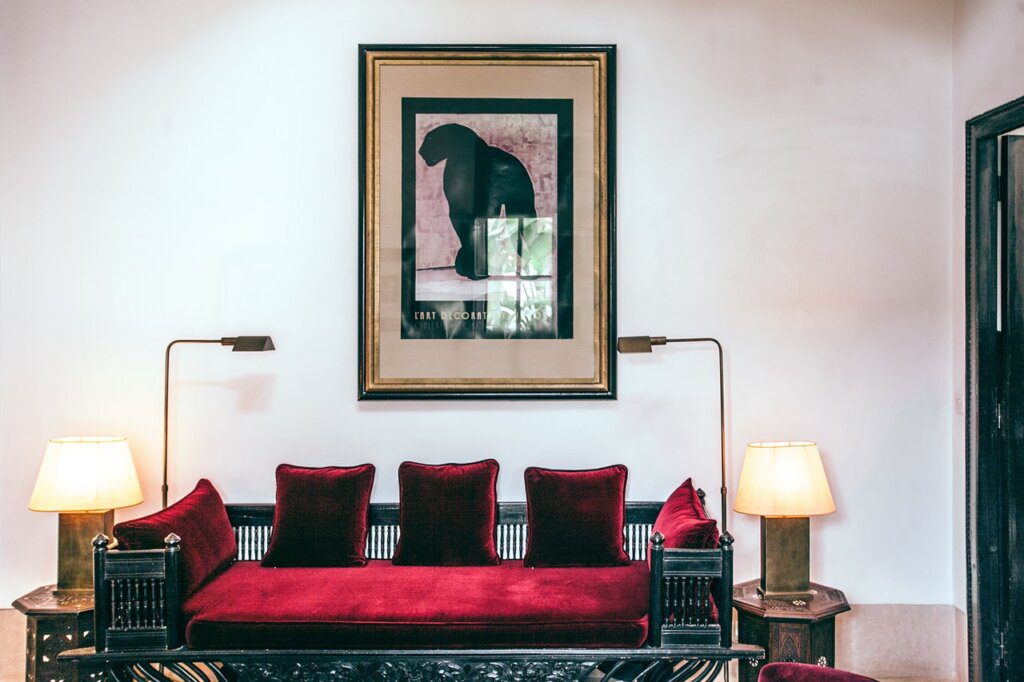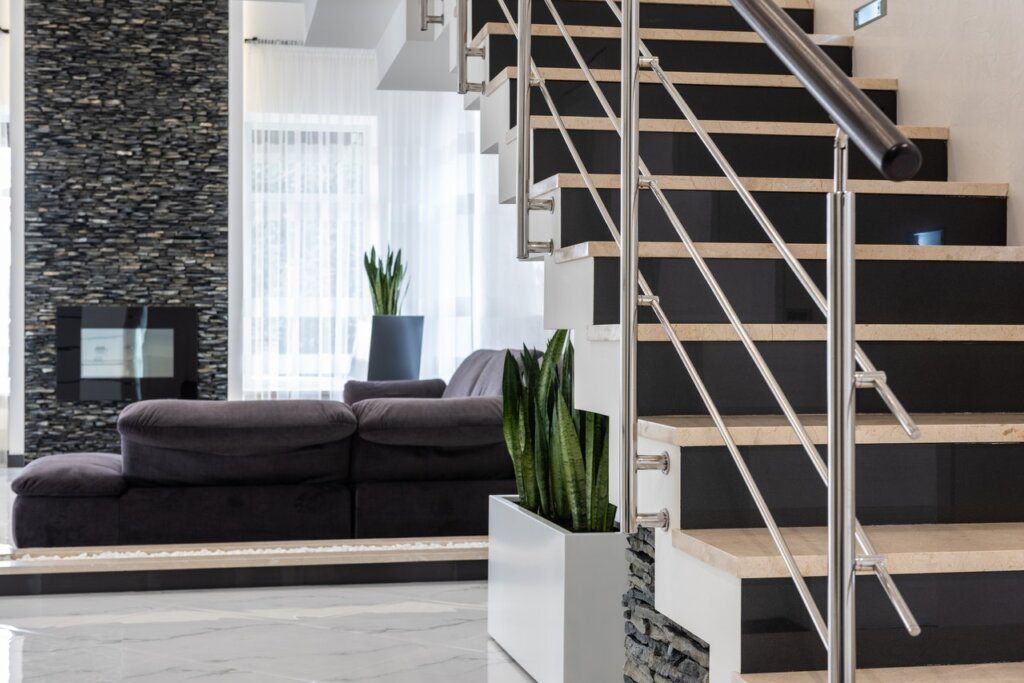Memory Cafe Directory posts and/or links to retailers can be advertising, sponsored, or affiliate links. We may earn a small commission from them. Thank you.
11 Practical Ways to Make Your House Livable for Someone With Dementia
Submitted by Guest Contributor:
Jacky Xu
Your home may be comfortable, but it might not be the case for someone with dementia.
If someone in your family has this degenerative disease, here are 11 ways you can organize your home:
1 Keep Your Home Clutter-free
A clutter-free home is also a safe home, especially for people that might not be as mobile as they should be. That’s why the first thing that you should pay attention to would be unnecessary clutter.
However, one thing that you need to be wary of is not to remove too many items. There’s an association between people with dementia and hoarding items that can clutter up the home. These items often make the person with dementia feel safe and secure. Thus, it’s best not to get rid of everything that you see.
Get rid of the things that can make the house unsafe and unhealthy. However, only leave things that seem unfamiliar so as not to distress the person with dementia.
2 Install Better Lighting
Great lighting can make the environment much clearer to the person with dementia. It also makes it easier for them to read people’s faces to a certain extent.
Thus, installing better lighting can help reduce the sources of confusion in a person with dementia. Aside from that, since they have a clearer view of the surroundings, it will reduce falls.
The goal is to reduce anything that could confuse them, such as reflections, shadows, glares, and the like. You should also get as much natural light as possible in the house.
Get the curtains open and cut any foliage around the house that might inhibit natural light and create shadows over the house.
3 Make Sure Your Flooring is Safe
Since you’re trying to reduce unwanted slips and falls, you should ensure that your flooring is as safe as possible.
That said, you should stay away with shiny and reflective flooring. Not only can it confuse them, but they might think it’s wet, which will make it harder for them to walk over.
Aside from that, it’s best not to get any rugs or mats on the floor. The wrong step can make them slip on it. Also, they might confuse the rugs for something that they shouldn’t step on and try to step over it with their limited mobility.
4 Use Contrasting Colors with Minimal Patterns
When choosing furniture and the colors of walls and floors, it’s best to avoid any patterns as it can be difficult to discern for those who have dementia.
It would be best if you stuck to bright and bold colors so that it’s easier for people with dementia to recognize. Their degenerative disease makes it harder for them to differentiate between colors, so bright colors can make it easier.
A popular choice for people with dementia is red, especially as it contrasts with the rest of the room. For the bathroom, for example, you can have a red toilet seat so that the person with dementia can quickly notice it. It’s also a popular choice for cutleries and dinnerware.
5 Label Rooms and Drawers
Adding labels everywhere is also a great way to make the house more liveable for someone with dementia. Everything from the rooms to the drawers, which have a lot of content, needs labels so the person with dementia can navigate the house easier.
There are plenty of label packs that are available for purchase. Having text labels is excellent for some people, but adding images with the text labels can be a more considerable help for a person with dementia.
6 Ensure Safety in the Bathroom
Bathrooms are an especially vulnerable place for someone with dementia. Therefore, you want to pay special attention to specific bathroom safety measures.
The first thing you should pay attention to would be the slip risks around the bathroom. Adhesive strips inside the walk-in shower or in the bathtub can help prevent slips.
Do not forget to install brightly colored grab bars around the bathroom as well.
Also, it would help if you ensure that the water temperature is just right. That way, they do not scald themselves or avoid bathing because the water is too cold.
7 Install Grab Rails, Alarms, and Sensors
When caring for a loved one with dementia, you want to ensure that they are as safe as possible. Hence, it would help if you install grab rails, alarms, and sensors.
Installing grab rails is a popular installation in the house of someone with dementia. Grab rails are vital for the front and back door, the stairs, and the bathroom.
Fall detections are also helpful so that warnings are sent to everyone involved in case your loved one does end up falling. Plus, fall detectors or sensors will automatically send emergency medical services immediately.
8 Cover or Remove Mirrors
One specific and practical way to make a home liveable for someone with dementia is by covering or even removing mirrors.
Since dementia patients can have trouble recognizing faces, seeing their reflection or unfamiliar people can confuse or frighten them. Thus, you want to avoid that.
Get rid of all the mirrors you can and pay attention to whatever reflective surfaces there are. For example, a coffee table that has a reflective surface can also distress them.
9 Reduce Excess Noise
People with dementia often respond based on a sensory level rather than on an intellectual level. Therefore, they rely quite a lot on sensory responses and input.
That said, if they live in a noisy environment, it can overstimulate them and make them anxious again. Plus, what might be normal or tolerable to you can already be too much for them.
As much as possible, try and get upholstery and the like that can absorb as much background noise. Don’t use laminate or vinyl flooring as well. Also, try to reduce the clatter of cutlery around the house.
All of these together help reduce the stimulating noise around the house that can make them anxious.
10 Use Dementia-Friendly Household Items
In case you don’t know, some household items have dementia-friendly alternatives. Gadgets that help strip back the thing to as basic as possible are great alternatives such as one-button radio.
Another great tool would be a clock with a large display showing all critical information like the time, date, and day. Look for clear and large labels and brightly colored household items, as such things are deemed dementia-friendly.
11 Create a Safe Outdoor Space
Aside from the indoors, the house should also have a safe outdoor space for the person with dementia to enjoy. Adding a bell to any gates that lead to the outside can help let you know if someone went in or out, but ideally, it should be an enclosed space.
Although you want them to get some sun, you should still provide some shade. Adding plenty of seats around the place is also good.
Livability Keys
The key to making your house livable for someone with dementia is to reduce potentially hazardous instances like slips and falls. At the same time, you would want to ensure that nothing can distress them. All the ways listed above should help make a more comfortable and livable home for someone who has dementia.
Jacky Xu
 Jacky Xu is the Chief Operating Officer at Maid Sailors Maid Service NYC. Maid Sailors take pride in providing unparalleled cleaning services at affordable prices and will help transform your house into a home.
Jacky Xu is the Chief Operating Officer at Maid Sailors Maid Service NYC. Maid Sailors take pride in providing unparalleled cleaning services at affordable prices and will help transform your house into a home.
Become a Contributor!
 Do you want to be a Memory Cafe Directory contributor? If you have helpful information to share with our community, read about the guidelines, then get in touch to discuss what you have to offer.
Do you want to be a Memory Cafe Directory contributor? If you have helpful information to share with our community, read about the guidelines, then get in touch to discuss what you have to offer.
Thank you.










